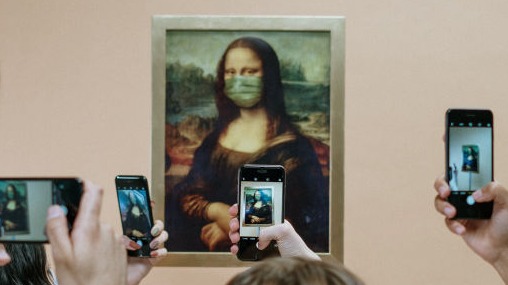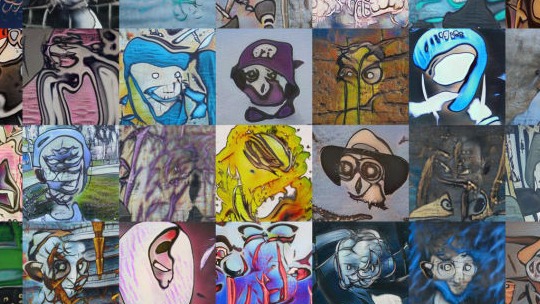The Metaverse wars are starting. Meta (aka. Facebook) have bet on the trend, to the tune of $10B and a name change. They have the social clout and the platform in Oculus, but everyone, even they themselves, recognise that just as we didn’t end up all using a single Social Media platform, the Metaverse will involve a portfolio of different worlds and devices. Meta have been shrewd in setting up the Metaverse Standards body with most of the big tech players (with the notable exception of Apple), and while their developing attempt at the metaverse Horizon is not a patch on the fictional Oasis, it is a really nice platform if you have friends there.
Some would say the Metaverse is already here though, in other popular platforms like Fortnite, Roblox and Minecraft – environments where people already play, socialise and gather for events. And let’s not forget that Second Life has been going for more than 10 years now.
Newer platforms may not have the same pedigree, but they have cracked many of the other social or commercial functions that the metaverse requires, from creating, socialising or playing as your avatar in the massively popular Zepeto or more exclusive and crazy VRChat, to Blockchain based marketplaces Sandbox and Decentraland where virtual real estate has gone for millions of dollars. While others believe the Metaverse will only really go mainstream when Apple launch their long awaited RealityOS and Apple VR headset.
However, I’m more interested in how we’ll create the storyworlds that make up the metaverse. You can come up with social games, beautiful telepresence environments, and avatar marketplaces, but if you want to get me hooked let me visit Tatooine, Diagon Alley or Rivendell. It will be storytellers new and old who will really shape the metaverse.
That is the fiction of the metaverse sorted, but what about 3D Worlds based on, or interacting with, the real world. From Unreal Engine’s MetaHumans to advances in AI’s ability to quickly create digital versions of real objects, it is getting easier to represent the real world. But what gets me really excited is the use of tools like Omniverse to create simulations of the real world with physics and ray tracing, within which we can, not only create gloriously realistic video and VR experiences, but experiment and learn. These Digital Twins offer so many opportunities, from simulating smart cities, to quickly and safely training AI robots before letting it out into the real world.
The Omniverse platform also offers a glimpse of the potential for a convergence of the different disciplines who build 3D worlds. The platform offers standards and connectors that allow previously unconnected professions to share their work and visualise it on a common platform. Architects, product designers, games developers, VFX artists can begin to share expertise, inspiration and assets in a completely new way, which is sure to accelerate creativity and technology. I look forward to seeing the metaverse and the real world collide in this new imaginarium.


